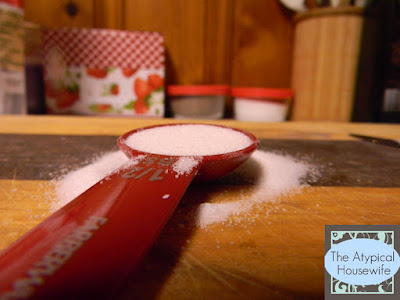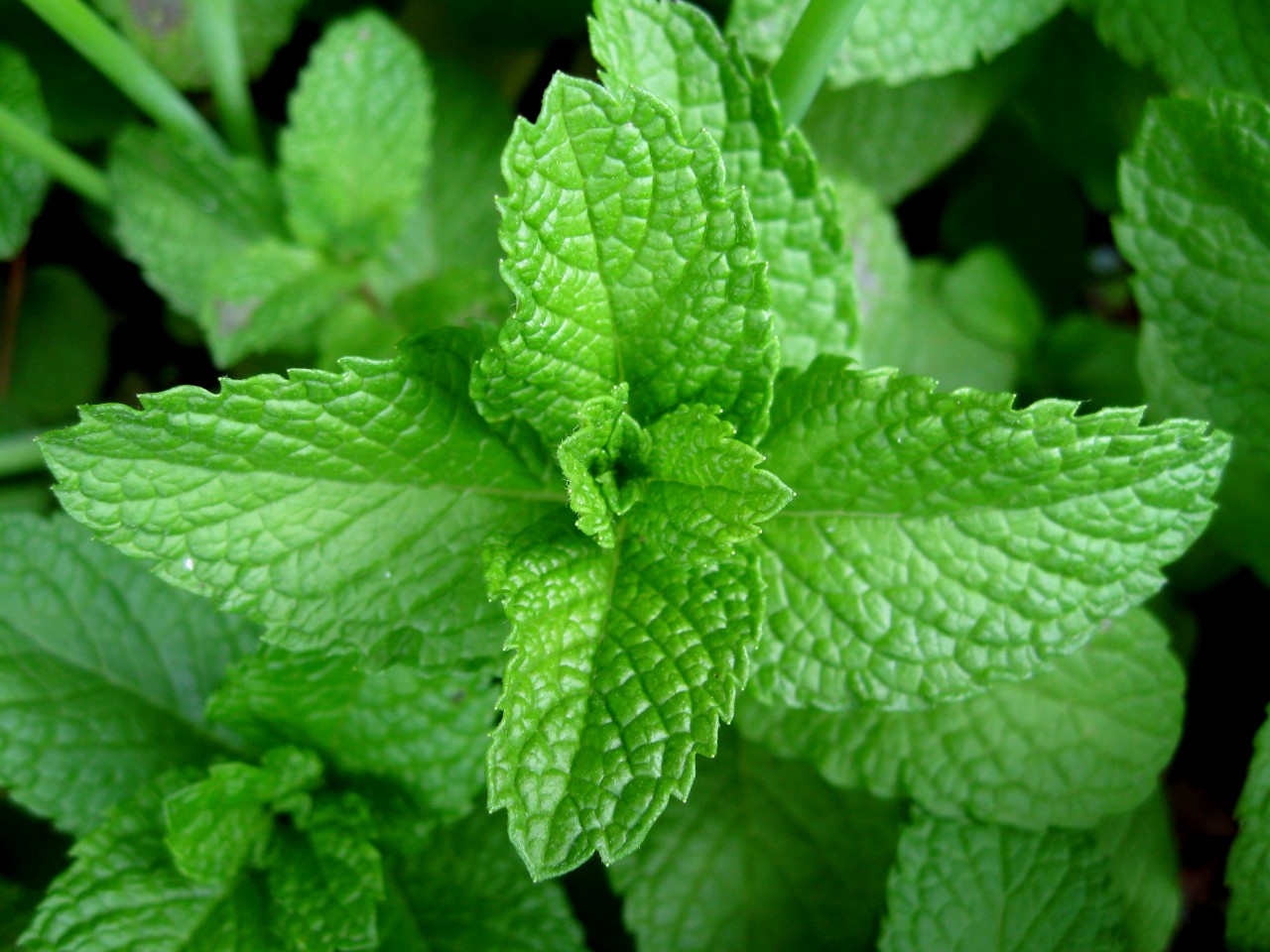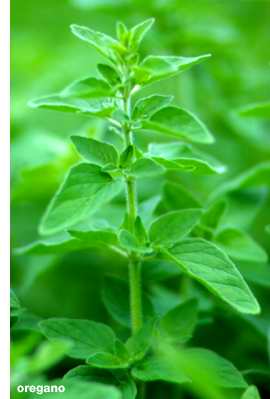I grew up thinking a glass measuring cup was an all-purpose
measuring cup. Imagine my surprise when
I found out it is, in fact a liquid measuring cup. Similarly, a single measuring cup is to be
used for dry or soft solids only.
Thankfully using said measuring cups is pretty easy, so here’s how you
do it!
Dry Measuring Cups
When measuring dry ingredients, (in my picture I used sugar) I
always stick my cup in the bag, or container, and pull out a heaping cup as
shown below.
Do not use a heaping cup unless your recipe calls for a heaping
cup! Especially when baking. Baking is all about exact measurements, so
having a heaping cup can really mess things up.
Next you want to take a spatula, or in my case a dull knife, and use the
flat edge to push the excess off the top.
Your left with what I have in the picture below.
A nice tip to know as well is to put a piece of wax paper, or a
paper plate under your cup. That way
when you push off your extra you can easily pour it back into your bag or
container.
Liquid Measuring Cups
I, shamefully, don’t have any small liquid measuring cups. I just have this 4 cup one. This was actually my Valentine gift from my
husband two years ago! He got me this
and a card and that was it. It was
perfect! Anyway…when pouring your liquid
into your measuring cup you need to do it slowly so you don’t overfill. From a standing perspective this looked like
it was at the 2 cup mark as is shown in the below picture.
You should always crouch down to counter level to make sure your
liquid is at the line it needs to be at.
As you can see I was not quite at the 2 cup mark. Also if you are measuring water from the
faucet, you need to fill up your cup, let it settle and stop moving, and then
check to see where you are at.
Measuring Spoons
Measuring spoons are easy peasy.
You want to do the same as with a dry measuring cup. Heap in your ingredient.
Then push the excess off with the flat edge of a butter knife or
spatula.
When measuring a liquid in a measuring spoon just fill it to the
top without letting it spill over.
The only two items that should be measured a little differently
are flour and brown sugar. When
measuring brown sugar it needs to be packed.
That means you heap in the brown sugar, and press it down, then fill
with more and press down. Recipes
usually say if it needs to be firmly packed, or lightly packed. When measuring flour you should shake the bag
or container it is in, then spoon the flour into the cup then push off the
excess.
Flavor
We’re going to start off by going through the most commonly used
herbs. These are almost always available
in stores in fresh and dried varieties.
Minty, clove
like aroma-you may also see cinnamon, lemon and anise basil; these all taste
like basil, as well as what they actually are
Substitute: oregano
or thyme
|
|
|
Bay leaves
|
Usually dried
whole leaves, they have a woodsy flavor.
You should never crumble a bay leaf! Use it whole, then remove before
serving.
|
Has a flavor
akin to parsley with a hint of tarragon, when heated over high heat it loses
it’s flavor.
Substitute:
parsley and tarragon
|
|
|
Chives
|
Soft onion
flavor, looks like grass and you just snip off what you want to use and it
continues to grow.
Substitute:
thin sliced onion tops
|
|
Cilantro
|
This is the
leaf of the coriander plant. It has a
very pungent flavor and its best to use less rather than more.
Substitute: parsley
|
|
Dill
|
Main flavor of
pickles, great in potato salad
Substitute:
fennel leaves or tarragon
|
|
Marjoram
|
Much like
oregano, but milder and sweeter flavor
Substitute:
oregano
|
|
Mint
|
Refreshing and
sweet herb that has the classic cool aftertaste. Different types are peppermint which is
harsher, and spearmint which is more delicate. Great garnish for desserts.
Substitute:
basil, marjoram or rosemary
|
|
Oregano
|
Robust flavor,
most commonly used in Italian dishes, especially pasta and pizza.
Substitute:
basil, marjoram or thyme
|
|
Parsley
|
Fresh taste,
curly leaf variety has a stronger flavor verses Italian parsley
|
|
Rosemary
|
Bold flavor,
kind of pine-y, used commonly in Italian foods
Substitute: thyme,
or tarragon
|
|
Sage
|
Warm, woodsy
like flavor, common in turkey stuffing and with pork and sausage
Substitute: marjoram,
or rosemary
|
|
Tarragon
|
Herb used very
commonly in French foods, it’s aromatic and licorice like flavor.
Substitute:
chervil or a dash of crushed fennel seeds
|
|
Thyme
|
Lemony with a
touch of minty flavor, goes very well with most foods
Substitute:
basil, marjoram, or oregano
|
Fresh herbs are much more pungent and flavorful when compared to
dried herbs. Herbs stay fresh after
cutting for up to one week by cutting the stems and placing them in standing
water. If you see wilting or dried out
leaves, pinch them off. It is best to
add herbs towards the end of the cooking process as fresh herbs will lose
flavor and color the longer they cook.
Dry herbs can be substituted for fresh herbs! If you need to substitute dry herbs for
fresh, use 1/3 the amount called for in the recipe. It is also wise to crush herbs with your
fingers before using as it releases the oils and therefore enhances flavor!
Now for spices! The following
are common spices you may come in contact with.
Ground
Allspice
|
Flavor: blend
of cinnamon, nutmeg cloves
Substitute:
ground cinnamon, nutmeg or cloves
|
Anise seeds
|
Flavor:
licorice like
Substitute:
fennel seeds
|
Ground
Cardamom
|
Flavor:
spicy-sweet with peppery and ginger like tones
Substitute:
ground ginger
|
Cayenne pepper
|
Flavor: Smoky,
Pungent, Hot
Substitute:
small dash of hot sauce
|
Chili powder
|
Flavor: hot,
spicy, peppery taste
Substitute:
dash of hot sauce plus equal measures cumin and ground oregano
|
Ground cinnamon
|
Flavor:
strong, warm, sweet
Substitute:
ground nutmeg or allspice
|
Ground cloves
|
Flavor:
strong, pungent, warm
Substitute:
ground allspice, cinnamon or nutmeg
|
Ground cumin
|
Flavor: spicy,
slightly bitter
Substitute:
chili powder
|
Curry powder
|
Flavor: fragrant,
mild-to-hot blend of up to 20 spices
Substitute:
equal parts of ground spices common to curry, like: cumin, coriander, red and
black pepper, ginger, turmeric
|
Fennel seeds
|
Flavor:
licorice like flavor
Substitute:
anise or caraway seeds
|
Ground ginger
|
Flavor:
sweet-hot flavor
Substitute:
ground allspice, cinnamon, mace or nutmeg
|
Dry mustard or
seeds
|
Flavor: hot
flavor when mixed with water, seeds are hot, spicy
Substitute: 1
tablespoon yellow mustard for each 1 teaspoon dry
|
Ground Nutmeg
|
Flavor:
slightly sweet and spicy
Substitute:
ground cinnamon, ginger, or mace
|
Hungarian/Spanish
Paprika
|
Flavor: Hungarian
paprika is more pungent than Spanish and can be labeled sweet (mild) or hot; Spanish
paprika is sweet and bitter
Substitute:
cayenne pepper, but use sparingly
|
Pepper, black
or white
|
Flavor: black
pepper is more pungent than white
Substitute:
white may be substituted for black but is milder in flavor
|
Garlic Powder
|
Flavor:
garlic-y
Substitute:
fresh garlic
|
Onion Powder
|
Flavor:
Onion-y
Substitute:
fresh onion
|
Spice Blends
This is great knowledge for people who want to get good, correct
flavors in their foods. Here are some
great spice blends that you can easily make if you have a good spice selection
in your cabinet! There are no exact
measurements, but I would just go by sense of taste and smell. Just have fun!
Barbecue Seasoning-usually salt, sugar, garlic, cayenne pepper,
hickory smoke flavor, onion.
Herb Bouquet-usually thyme, parsley, and bay but you can make one
using any group of herbs you’d like.
Wrap in cheesecloth, or tie herbs together with cooking twine and
submerge in dish.
Cajun Seasoning-usually onion, garlic, salt, and white, black and
red peppers
Dry Rub- a mix of dry herbs and spices that you rub onto your
choice of meat
Five-Spice Powder-usually includes cinnamon, star anise, or anise
seeds, fennel, Szechwan, or black pepper and cloves
Italian Seasoning-usually basil, oregano, thyme and rosemary,
occasionally garlic and red pepper
Jamaican Jerk Seasoning-salt, sugar, allspice, thyme, cloves,
ginger, cinnamon, onion, and Chile peppers
Lemon-Pepper Seasoning-salt with black pepper and dried grated
lemon peel
Mexican Seasoning-usually cumin, Chile peppers, salt, onion, sweet
peppers, garlic and oregano
If you want to make your own spice blends easier, or if you want
to grind your own spices you can do so easily at home. Just buy a coffee grinder! Use it for herbs only though, as if you grind
coffee it will flavor your herbs and your herbs can flavor your coffee. After grinding store in a cool dry place like
you would regular herbs. And remember to
store ground/dried spices away from the heat of your stove!
This wraps up all the posts I plan on doing on basics. However, if anyone has any questions at all
about the basics of cooking, from measuring cups, baking ware, knives,
seasoning, nutrition or food safety please feel free to e-mail me or leave a
comment. I would be more than happy to
answer your question! In addition to
that, if you struggle with anything in particular when it comes to cooking, or
if you’ve encountered a problem, please let me know and I’ll find an answer for
your problem and will add it to a post. Next week will be an exciting tutorial on how to make
boeuf bourguignon, and how to properly set a table, along with other practical
dinner party hosting guidelines.

























2 comments:
I also just recently learned that you are supposed to use different cups for liquids and solids. I thought a measuring cup was a measuring cup!
Nice. I really like your chart with the herbs and spices with their pictures. That's very handy to have in the kitchen when you need a quick substitute. Thanks!
Post a Comment